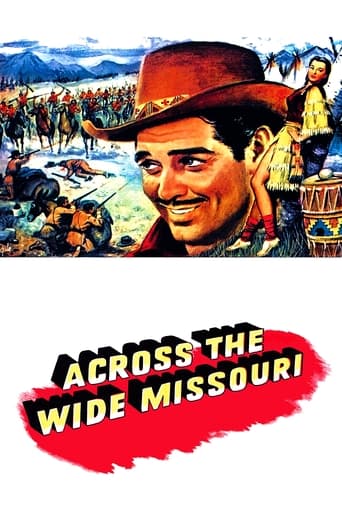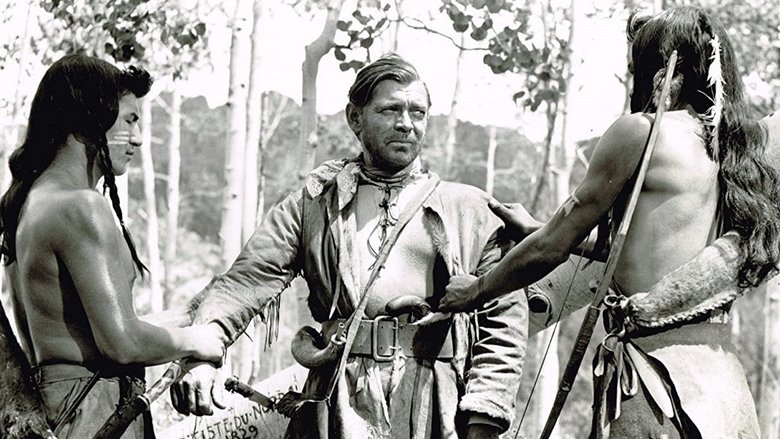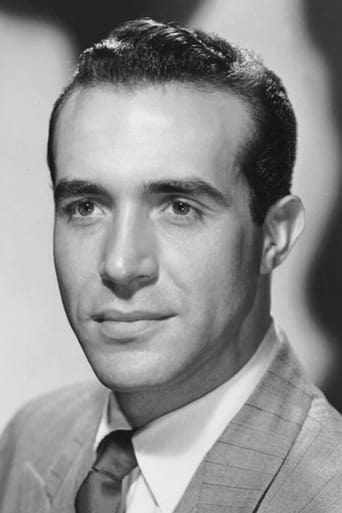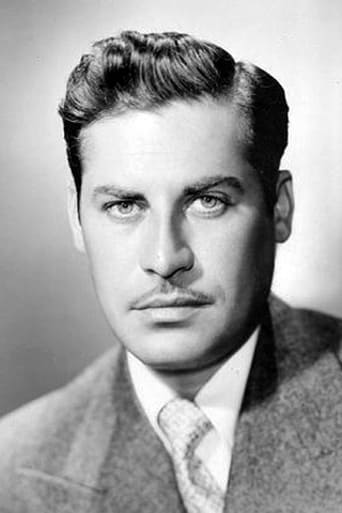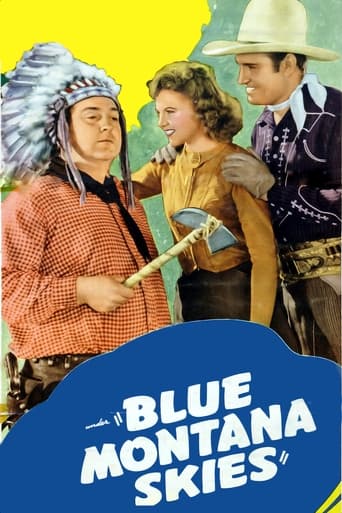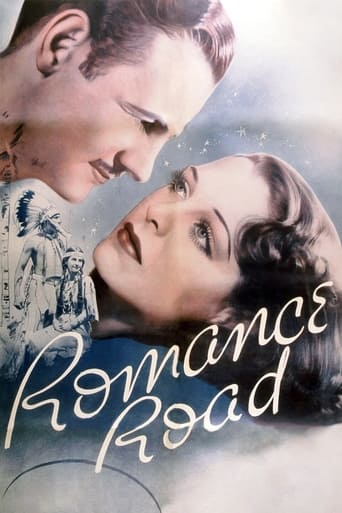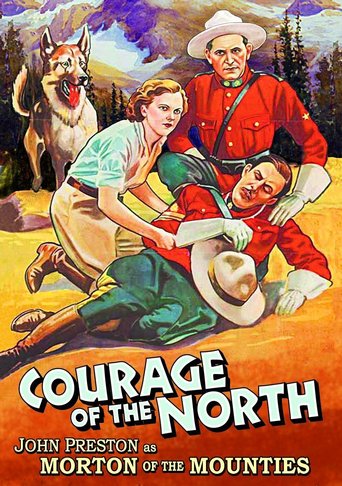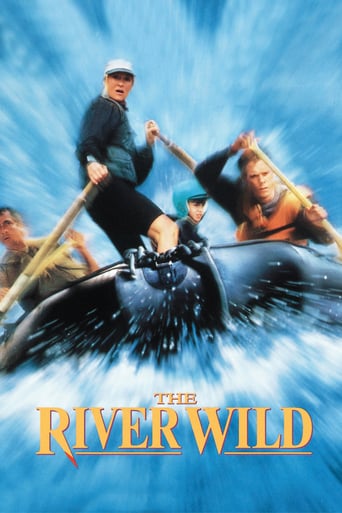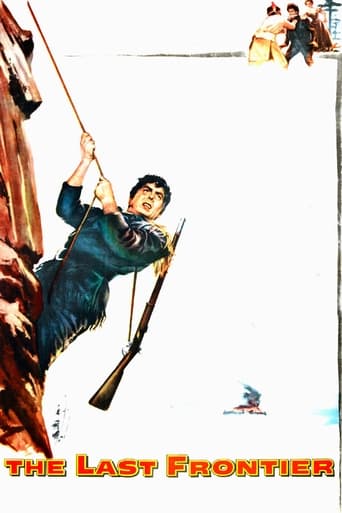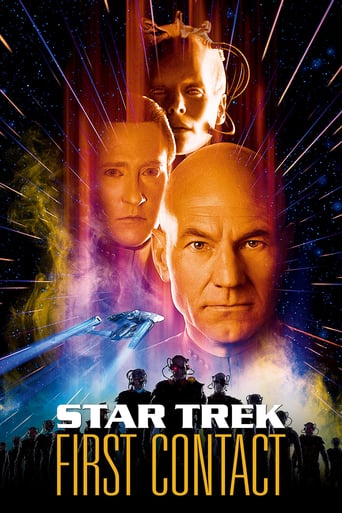Across the Wide Missouri (1951)
In the 1830's beaver trapper Flint Mitchell and other white men hunt and trap in the then unnamed territories of Montana and Idaho. Flint marries a Blackfoot woman as a way to gain entrance into her people's rich lands, but finds she means more to him than a ticket to good beaver habitat.
Watch Trailer
Cast
Similar titles
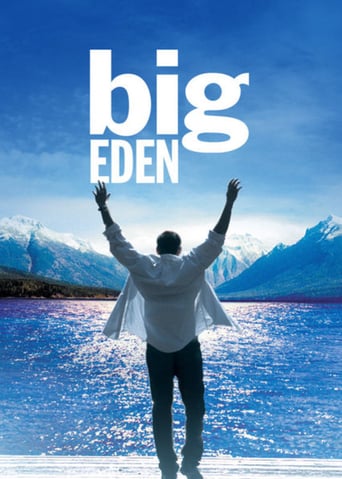
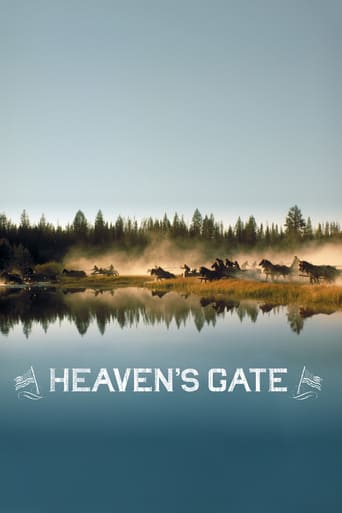
Reviews
Load of rubbish!!
best movie i've ever seen.
I like movies that are aware of what they are selling... without [any] greater aspirations than to make people laugh and that's it.
Great movie. Not sure what people expected but I found it highly entertaining.
Fur-trapper in 1829 Colorado marries a Blackfoot Indian chief's beautiful, headstrong daughter, but runs afoul of her people. Adaptation of historian Bernard DeVoto's book was a peculiar choice for both MGM and its resident star, Clark Gable. Gable was probably too old for such an athletic role, although he gazes at María Elena Marqués with convincing adoration and gives the proceedings some charismatic panache. Otherwise, the usual western-genre elements are firmly in place, including a "Skip to My Lou" refrain on the soundtrack and the old jest of men dancing 'round the campfire with other men when the females become scarce (of course this lively, joshing scene breaks out into a fight to show us in the audience that these guys are 'real men'). William A. Wellman directed, and he seems to have been saddled with setting the narrative in quasi-flashback, complete with a narration (by Howard Keel!) of Gable's grown son telling us the story in elemental terms. William Mellor's Technicolor cinematography and the Rocky Mountain locales are stunning--more so than the plot--and yet, after awhile the landscapes begin to resemble color portraits adopted for effect for our benefit. ** from ****
This Western film directed without any particular distinction by William Wellman is visually stunning and has moments that are exciting, touching and even thrilling. It is also an uneven movie with a patchy script which relies heavily on a voice-over narrator. The film is pretty thin on a strong story line. "Across the Wide Missouri" mainly consists of a string of episodes that suggests there was more of a screenplay here not captured in the film. Why? One only wonders.Clark Gable continued his pattern of pairing up with much younger leading ladies. When this film was made, he was 50 and Maria Elena Marques was 25. Interestingly, in the similar "Broken Arrow" made one year earlier, James Stewart (playing a scout rather than a fur trapper like Gable) was 42 to Debra Paget's 17----an identical difference of 25 years! To continue the comparison, both women portrayed Indian maidens although one is American Caucasian (Paget) and the other is Mexican (Marques). Both married their leading man in the films and died as the price for doing so."Across the Wide Missouri" and "Broken Arrow" have other similarities. Both films present sympathetic views of Native Americans, and their ability to intermingle freely with white outdoorsmen in the spirit of mutual respect if not friendship. They also reveal that the treachery in these relationships often came from the whites and not the Indians. While "Broken Arrow" is better written, "Across the Wide Missouri" may contain better performances by the two leading actors.One final interesting point to consider. Jack Holt (in his last film) played Marques's aged grandfather, Bear Ghost. At the time, he was 63, or just 13 years older than Gable. Yet Gable is playing Holt's grandson by marriage! Talk about make believe! In the blockbuster film, "San Francisco" made by M-G-M in 1936, Holt and Gable played romantic rivals seeking the affection of lovely Jeannette MacDonald. At that point, Gable was 35 and Holt 48. From romantic rivals to grandfather and grandson in just 15 years!
I see that some commenters really panned this film. I, however, am in that nearly two-to-one majority who rates it in the upper half of the scale. Maybe it was the mood I was in when I watched it, but here is a western devoid of that frenetic gunplay. Subdued and restrained are good adjectives. Nice scenery. Perhaps there IS an unrealistic emphasis on good-timin'-it, but could it also be an attempt to balance out the rigors? (A balance which is necessary for some of us.) I actually found some of the humor kind of simplistically appealing, which, too, is how I regard the plot: Flint Mitchell thinks that his marrying a squaw will enhance his trapping efforts. Initially a union of convenience, the relationship eventually deepens and produces a son. When a white-man-caused death results in a Blackfoot leadership change, tension increases. The Mrs.-Mitchell-role, portrayed by a no-name (but quite capable) actress, is deserving of higher billing. In my opinion, this, among other alternatives, is likely to be the better selection.
One of the first 'liberal' Westerns that emerged tentatively in the 1950s, films showing that Indians weren't just bloodthirsty savages but peoples with their own culture and humanity. In making this ethical breakthrough, Wellmann doesn't reject the traditional, Fordian Western that had relegated the Native American to a whooping menace; instead, he embraces it. Like Ford's films, 'Missouri' is a history lesson, a tribute to the pioneers who 'tamed' America, 'giants' as the narrator calls them, the camera duly recording the suitably vast sky as a Wagnerian backdrop for these men. 'Missouri' records the development of a UNITED States, and not only does the film bring together a melting pot of different nationalties - Americans, Indians, Scots, French (who provide the kind of knockabout, Fordian 'humour' usually reserved for the Irish) etc., with their own tongues, stories, music etc. - but also a series of structural opposites (man/woman; nature/civilisation, capitalism, language) to create a national allegory of cohesion. Even the past and the future are brought together - the narrator tells of great doings in the past, stretching back at least as far as Waterloo, the Old World; but it is also his story, the tale of his birth, itself the literal and allegorical fruit of racial togetherness, the white man and red woman, even if the cheerful narration does sound conventionally WASPish.Of course, you can't create without destroying, and, as in all those folk tales and myths that express the primal hopes and fears of a people, the evil spirits have to be exorcised, in this case the renegade Indian Iron Shirt, who has the nerve to equate the white man's convenient desire for peace and mutual help with the loss of his own land. We shouldn't expect miracles in 1951; 'Missouri' is only as liberal as its times will allow it - only those Others that accept the White way of life are welcome. Although Mitchell and Kamiah seem to engage in a reciprocating process of teaching and initiation, it is Kamiah who is infantilised, who is brought back to her grandfather, who is put across her husband's lap and smacked for disobedience, i.e. for following her own instincts and customs. Iron Shirt, rightly hostile to a people who only see the awesome beauty of the Missouri landscape for the money it can make them, is demonised. The birth of the child is linked to the natural surroundings he is heir to; when Iron Shirt tries to kill him, his transgression is clearly unnatural, just as his unwillingness to see the white point of view and give in. In a world where translators (hence communication, conciliation) are the true currency of progress, Iron Shirt is a man of action and physical signs, not to be trusted.The film feels like a civic lecture, made to be shown to schoolchildren to teach them tolerance and the great American way. But Wellman has directed some of the most sombre Westerns ever made ('The Ox-Bow Incident', 'Yellow Sky'), where American progress has fatally turned in on itself, and the bright colours and cheerful tone here are deceptive. As if to warn us, he uses his characteristic montage zoom, whereby his camera pulls back from a composition, not by a zoom, but by cutting backwards at different angles from it, creating an eerie, distancing effect. The climax in the woods, as Mitchell fights Ironside, has a clear symbolic purpose, but it is the most chilling in the film, with no music. To root out the savage, Mitchell himself must become savage, using the Indian's tools to destroy him. He has become destructive and can no longer take part in the forging of a community, from which he voluntarily expels himself. In this story of nation, community and unity, this breach of withdrawal is troubling, and marks the film as a first step in the direction of the traditional Western's apotheosis, 'The Searchers'.
